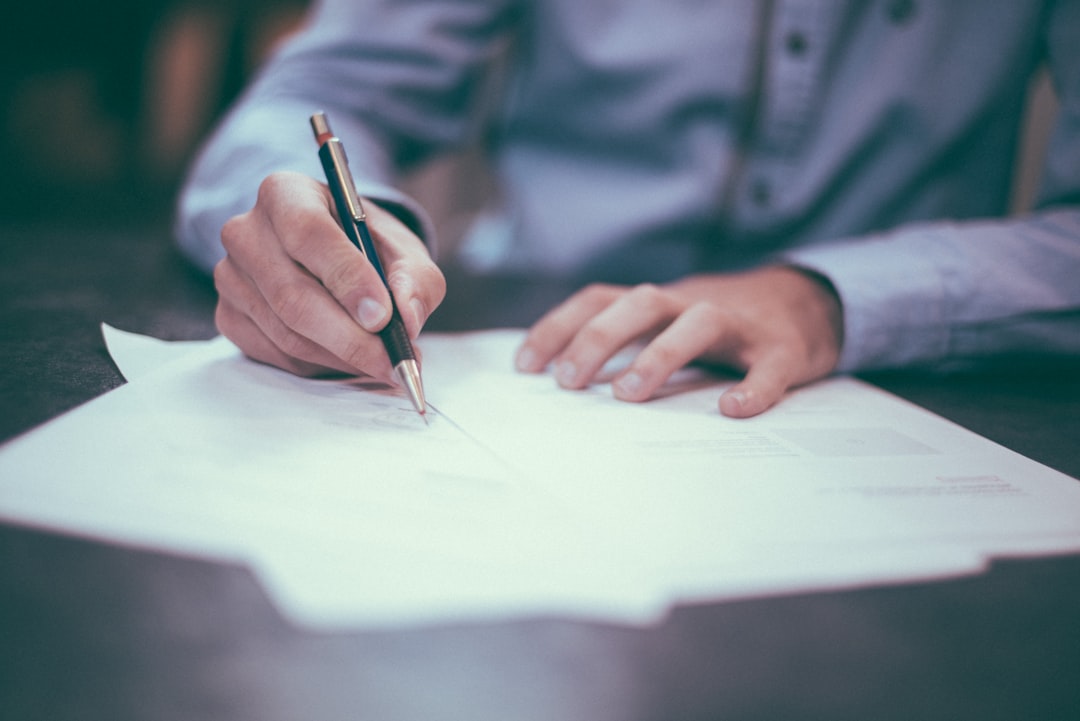Clear communication and advanced audio/video equipment are essential for modern law offices. High-quality sound systems ensure distinct transmission during client meetings and legal proceedings. Video conferencing tools with HD video, robust audio, screen sharing, and data encryption enhance professional image and note-taking accuracy. Law offices should evaluate needs, budget, ease of use, and software integration when choosing platforms like Zoom, Microsoft Teams, or Google Meet. Integrating advanced law office equipment improves client communication, allows remote connections, facilitates document sharing, and enables the creation of engaging podcasts or video blogs. Strategic choices in audio/video recording systems, proper positioning, calibration, and efficient storage ensure accurate, seamless, and professional recordings.
In today’s digital age, efficient communication is key in legal practices. Upgrading your law office audio/video gear can significantly enhance client interactions and streamline operations. This comprehensive guide explores essential audio equipment, reliable video conferencing tools, and best strategies for client communication. We delve into the intricacies of legal recording systems, offering insights on best practices to ensure compliance and clarity. Equip yourself with these knowledge points to transform your law office’s technological backbone.
- Essential Audio Equipment for Law Offices
- Choosing Reliable Video Conferencing Tools
- Enhancing Client Communication Strategies
- Best Practices for Legal Recording Systems
Essential Audio Equipment for Law Offices
In any law office, clear and effective communication is paramount. Therefore, essential audio equipment plays a crucial role in ensuring seamless interactions during client meetings, depositions, and court appearances. A robust sound system, including high-quality microphones, speakers, and audio interfaces, facilitates crisp voice transmission, minimizing background noise and ensuring every word is heard distinctly. These components are especially vital for video conferencing, where crystal-clear audio enhances the overall professional impression and promotes accurate note-taking.
Choosing the right audio gear specifically tailored to legal settings can significantly impact productivity and efficiency. For instance, lapel microphones offer discreet yet powerful sound capture during recordings or live streaming, allowing lawyers to focus on their arguments without worrying about audio quality. Additionally, digital audio workstations (DAWs) provide an organized way to record, edit, and manage legal audio content, from preparing evidence to transcribing interviews, making them indispensable tools in modern law offices.
Choosing Reliable Video Conferencing Tools
Choosing reliable video conferencing tools is paramount for any modern law office equipped with top-tier law office equipment. With many options available, firms should consider their specific needs and budget before selecting a platform. Key features to look for include high-definition video quality, robust audio capabilities, seamless screen sharing, and secure data encryption to protect sensitive client information.
Popular choices like Zoom, Microsoft Teams, and Google Meet offer scalable solutions suitable for everything from small case meetings to large depositions. Each platform has unique strengths, so evaluating them based on factors such as ease of use, integration with existing legal software, and customer support can help ensure a smooth transition and maximize the benefits of video conferencing in your law office.
Enhancing Client Communication Strategies
In today’s digital era, law offices can enhance client communication strategies by integrating advanced law office equipment. High-quality audio and video gear plays a pivotal role in creating a seamless and efficient client experience. For instance, using top-notch video conferencing systems allows attorneys to conduct virtual meetings, ensuring accessibility for clients located remotely or with busy schedules. This technology also facilitates the sharing of crucial legal documents and case updates in real time.
Moreover, investing in reliable audio recording devices and editing software enables law offices to produce professional podcasts or video blogs, providing valuable insights into legal matters. Such content can engage clients and potential customers, fostering a deeper connection and demonstrating expertise. By leveraging law office equipment effectively, practices can enhance their communication approach, ultimately building stronger relationships with clients.
Best Practices for Legal Recording Systems
When setting up a legal recording system in a law office, best practices dictate prioritizing clarity and accuracy. High-quality microphones and speakers are essential to ensure every detail is captured distinctly, from client consultations to court proceedings. Positioning them strategically within the space helps minimize background noise, enhancing the audio quality significantly.
Regular calibration of the equipment is another vital practice. This ensures the system’s accuracy, allowing for precise documentation and playback. Additionally, employing a robust and secure audio/video storage solution is crucial for managing and retrieving recordings efficiently. With the right law office equipment in place, these best practices contribute to a seamless, reliable, and professional recording process.
When equipped with the right audio and video gear, law offices can significantly enhance client communication and overall efficiency. From essential audio equipment to reliable video conferencing tools and best practices for legal recordings, each aspect plays a crucial role in modern legal practice. By investing in high-quality law office equipment, professionals can ensure seamless operations, better serve their clients, and maintain a competitive edge in today’s digital age.
